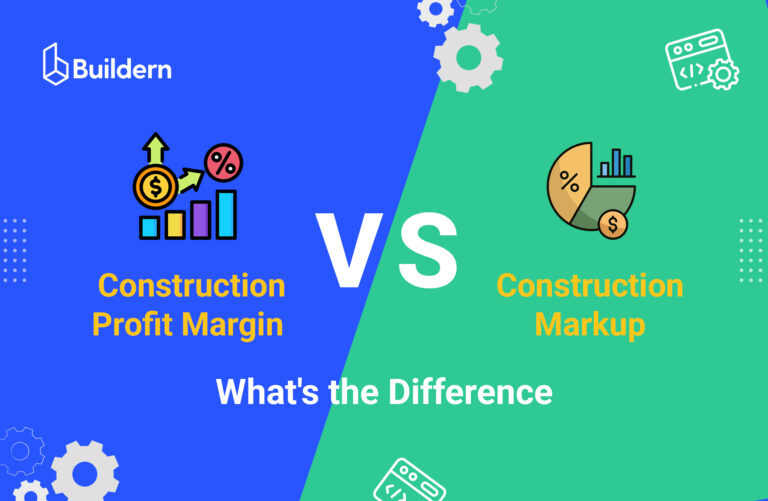Client Communication for Custom Home Builders: Tips and Technologies
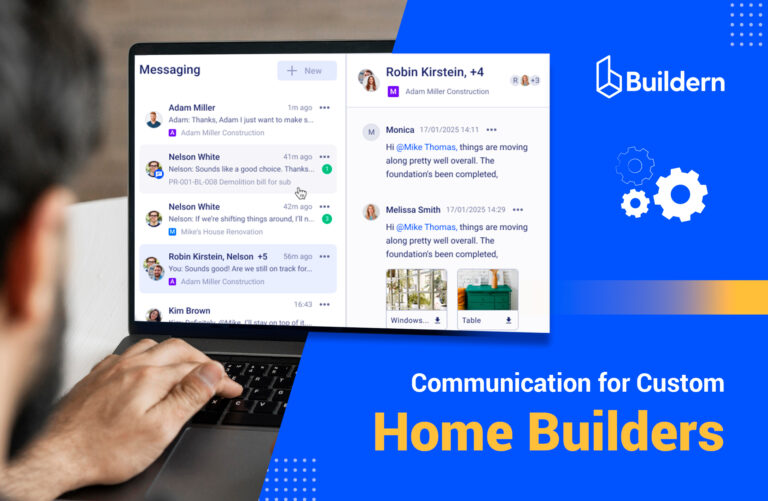
What can a single misunderstanding cost in custom home building? Sometimes it’s more than just a few hours of work, but unexpected costs and strained relations with clients.
In a process where every detail matters, it’s better to avoid miscommunication that can potentially derail progress quickly. A homeowner’s dream house depends on consistent and transparent communication between the builder and the client.
Even the most skilled team can face missed deadlines or budget overruns. In this blog, we will figure out why client communication for custom home builders is an essential part of the project.
Table of Contents
- Why Client Communication is Important?
- Common Challenges in Client Communication
- Best Practices for Effective Communication

Why Client Communication Is Important for Custom Home Builders?
In construction, client communication is the foundation that holds every stage of the project together. It’s not only about exchanging updates with clients. For builders, the conversation affects the buffer and schedule, that is the core aspects of any construction project.
Meanwhile, in custom home building, communication is even more important. Unlike standard projects, a custom home reflects the client’s personal vision and lifestyle. Every detail, from the floor plan to the choice of paint, requires ongoing dialogue.
When a client gets a result that is “almost right”, this can mean the general contractor failed some part. So, the communication channel must be picked right to have exactly what the client had imagined.
Specific Demands of Custom Home Projects
Custom home construction is full of nuances and requires good project management skills. It differs from building pre-designed homes. Let’s look at some of the key features of the custom projects.
More Challenging Budget Control
Budgeting here is far more complex than in standard projects. The costs shift rapidly depending on design upgrades, material management, or the availability of specialized trades.
💡Recommended reading:
To keep homeowners’ expectations realistic, builders need to establish transparent and consistent communication from the very beginning.
It’s essential to have detailed cost breakdowns, regular updates, and proactive discussions. Change Orders
Effective budget management in custom homes is more about flexibility. A part of this is managing change orders wisely.
Unlike commercial builds, there is no universal template for a custom home. Every decision can change quickly as clients see materials, layouts, or design elements that are already ready. For instance, a homeowner can initially approve standard aluminum windows. However, they later decide they want timber-framed windows for a warmer, more natural look. This upgrade may also affect the budget, the subcontractors that will install it, and even installation methods.
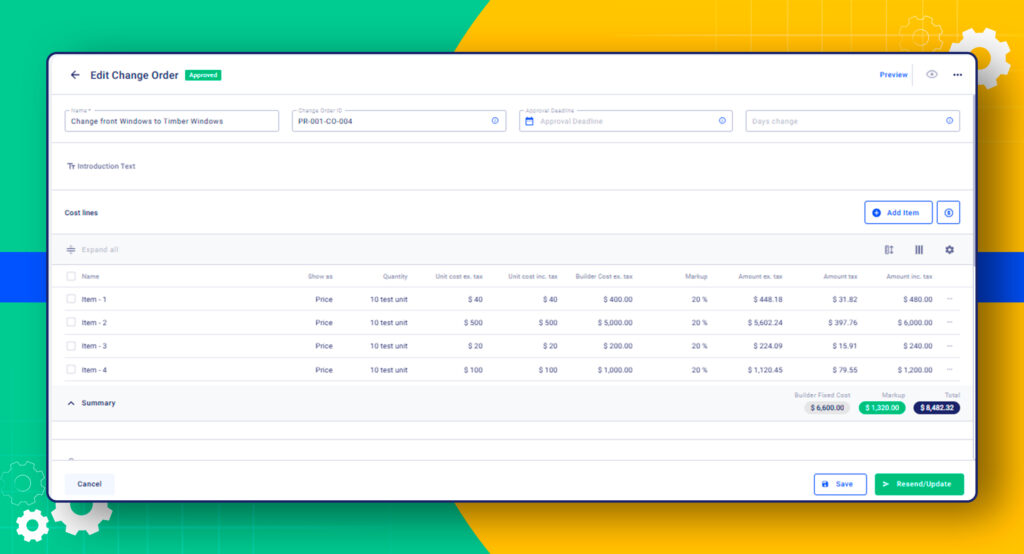
At first, this may seem like a construction problem. But in reality, clear communication is the solution. Regular updates and structured feedback give custom home builders a chance to address concerns quickly and keep the project moving in the right direction.
Quality Expectations and Customization
Clients building a custom home often have high expectations. It’s a rather expensive project, while every finish and detail carries personal meaning. The challenge for builders is not only to have a house of dreams but to make sure their expectations are realistic from the start. Documenting specifications in detail, a quantity takeoff helps with this at the initial stage of the project.
One satisfied client can be your strongest reference in custom projects. So, when clients feel confident that their vision is understood, the general contractor can turn it into a construction marketing tool.
Thus, client communication for custom home builders is a long-term investment.

Common Challenges in Client Communication
Effective communication during a long construction process is rarely without its hurdles. Custom home builders often face challenges that can slow progress and even put the entire project at risk. There are some common issues that general contractors may encounter.
Misinterpretation of Specifications and Designs
There are no insignificant details during the custom construction process. Even the most detailed plans can become a source of confusion if a client and a general contractor read them differently.
Moreover, a blueprint may seem to be wrongly interpreted by one of the subcontractors, which results in rework and unexpected expenses.
Similarly, design choices conveyed verbally or via sketches can be easily misunderstood. To minimize errors, contractors need a structured communication process. It’s better to document all processes and have a centralized platform where all files are stored.
Delays in Approvals and Decisions
Even small decisions in the construction process affect the entire workflow. Sometimes, clients do not respond promptly, and it may take too much time.
Unless the process is streamlined, all responses and approvals may get lost in email threads. Thus, construction schedules may be affected, creating frustration for clients and general contractors.
Of course, it’s almost impossible to move without any minor delays, as all processes are interrelated. However, one should avoid it as much as possible. The challenge isn’t just about speed but about informing all involved parties so that the project moves smoothly.
Coordination Between Teams
When we talk about client communication in construction, we usually think of the relationship between the contractor and the homeowner. However, the communication between the contractor and their internal network, including subcontractors, estimators, and vendors, is just as critical. Ensuring that every team member is on the same page is often complicated.
For example, a general contractor is working with a subcontractor on electrical installations. The contractor updates the homeowner’s design to include additional recessed lighting. However, the builder fails to communicate this promptly. As a result, the electrician may already have scheduled labor based on the old plan, which creates extra costs.
Data Overload
Information overload is another communication concern, especially on large custom projects.
There is a large volume of data: design updates, bid requests, change orders, material deliveries, and client approvals.
Losing time searching for information or necessary files is risky. This is the reason that coordination and smart data management are crucial today. Contractors need a structured system where every document and approval is easy to find and linked directly to the project timeline.
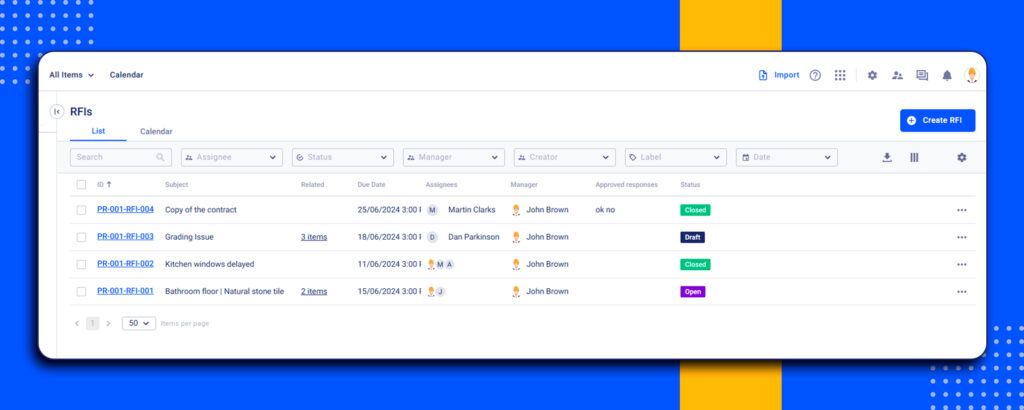
Best Practices for Effective Client Communication
Miscommunication is one of the reasons for rework in the construction industry. This is a universal problem, no matter the size and scope of the project.
Some studies show that due to miscommunication, only 37% of projects can be finished on time. Meanwhile, highly effective communicators manage to meet goals and deadlines within budget. Let’s break down some practices that help improve client communication for custom home builders.
Establish Clear Channels from Day One
The lack of clarity may not seem crucial when the project starts. Instead, rework, delays, and disputes are more harmful.
If a general contractor builds a structured system, everyone knows what to do and when. Set the tone of communication, frequency of updates, and questions from the very start of the project.
Using both emails and messaging apps may not be helpful. Imagine one of the vendors sending photos by WhatsApp and others by email. The general contractor can easily mix or lose important data. Built-in messaging systems allow everyone to know exactly where to look for information.
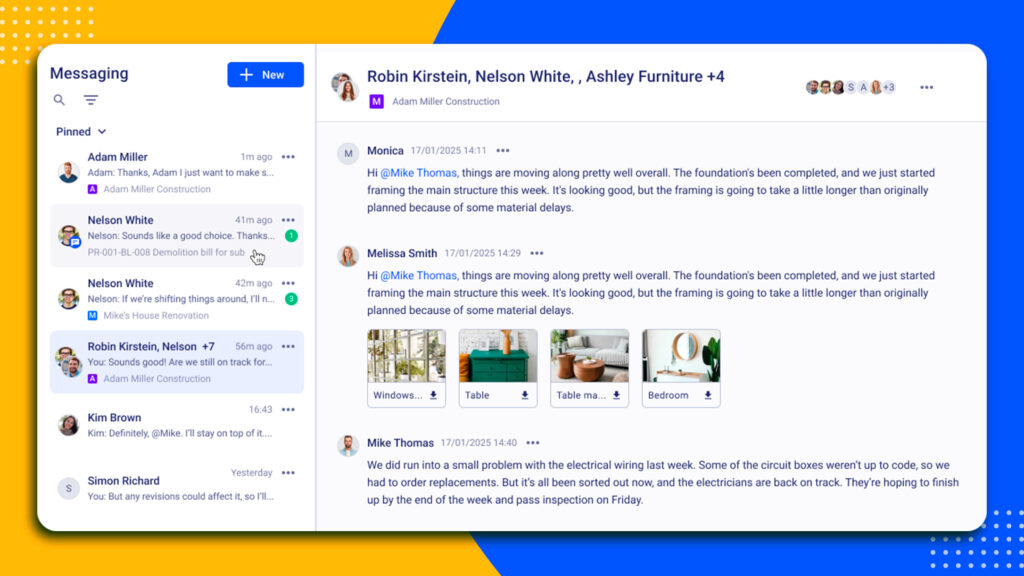
Requests for Information (RFIs) are another important way to answer the questions that arise during construction. Instead of informal back-and-forth, the RFI section contains photos and files that may be used at every stage of the project.
Set Expectations and Timelines
In construction, time is always connected. When one task is delayed, the next one shifts automatically. This “chain reaction” is one of the main reasons why setting clear expectations and realistic timelines is so important in custom home building.
Thus, timelines shouldn’t just live in calendars only. They need to be shared openly with the client, showing how each stage depends on the previous one.
Digital scheduling features make this far more transparent by also giving subcontractors real-time visibility into progress.
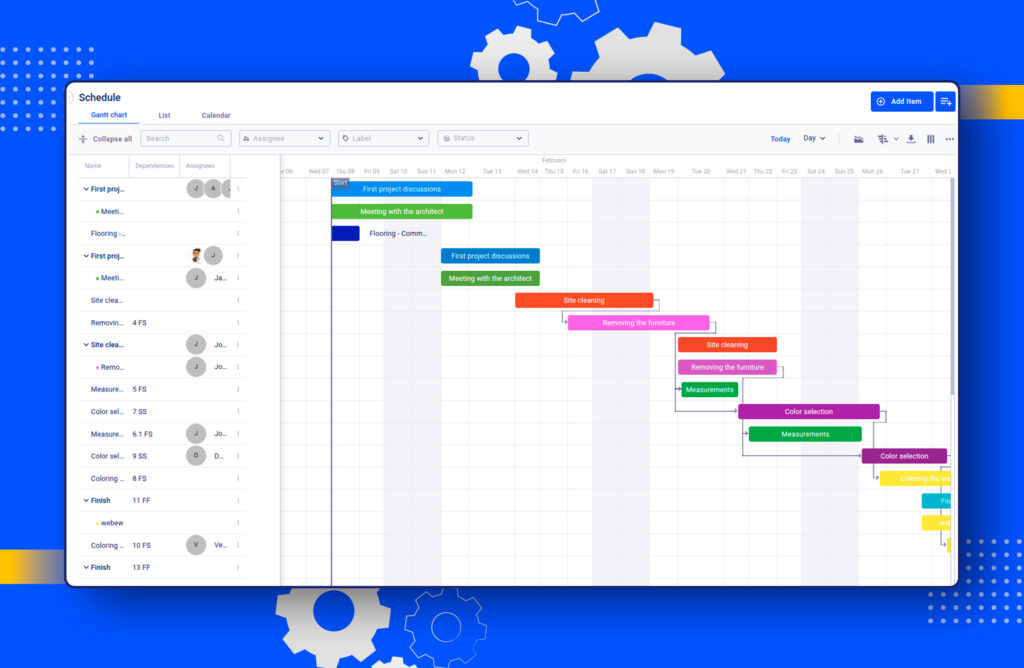
Document Expenses
It’s clear that miscommunication related to money issues is even more sensitive than design decisions. Unexpected bills and unclear charges can quickly create tension between builders and homeowners.
Documenting every expense, be it a purchase order or an invoice, is a crucial part of client communication. Transparency doesn’t mean overwhelming the homeowner with spreadsheets. Instead, it’s about creating one comprehensive dashboard where all financial information is stored. If using a construction software management tool, a well-structured client portal can serve as that hub. Homeowners can log in and see exactly where the budget stands, while having access to invoices, bills, and allowances as well.

Simplify Client’s Decision-Making
For many homeowners, the most overwhelming part of building a custom home isn’t the construction, but the decisions they need to make along the way.
The proposal stage plays such a critical role in simplifying the client’s decision-making process.
A carefully crafted proposal gathers everything in one place, including labor estimates, material costs based on actual bids, and detailed descriptions. The client can see a clear breakdown that connects every decision to both the budget and the schedule.
When proposals include a section for client comments, questions, or notes, the conversation becomes more transparent. With a software platform, it’s possible to add allowances for certain categories, such as fixtures, finishes, or appliances.
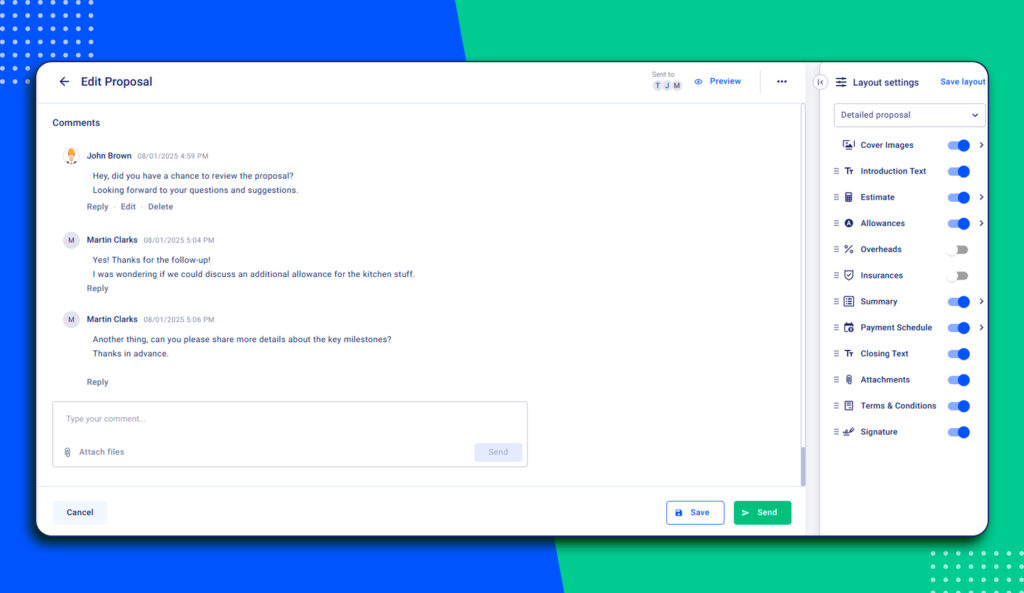
Clients can make choices within an agreed budget range without slowing progress or requiring major revisions.
Provide Easy Access to Files
A construction team usually has a different set of tech skills. So, it’s sometimes important to make sure information is not only available but also easy to access. Instead of going through emails or waiting for a call back, clients can instantly scan a QR code to view the latest updates.
For example, QR codes placed on-site can link directly to digital drawings or material photos. This also works with the subcontractors.
Easy access to construction files creates a sense of transparency and control for homeowners. Meanwhile, for builders, it reduces repetitive questions and saves time.

What Can Happen if Communication Breaks Down During a Project?
If communication breaks down during custom home construction, the consequences can be devastating. Misinterpretation of some critical points leads to costly rework. For instance, subcontractors may complete installations based on outdated or incorrect information.
In this case, budget overruns become inevitable when some points of the project are not clearly communicated. Beyond the project, this damages the builder’s reputation and ruins possible referral opportunities. General contractors will not face such problems if they build a smart communication strategy from an early stage.
What Technologies Help Improve Communication with Clients?
Construction project management platforms can lead to improved communication by centralizing all project information in one location. It can be in the format of a client portal with access to project updates, financial information, and approval requests. This is a hub that unites everything in one place to achieve as much communication transparency as possible.
How Can Builders Keep Messaging Clear and Consistent?
Builders can maintain clear messaging by using dedicated communication channels rather than emails, texts, or calls. A centralized platform ensures that all messages, approvals, and updates are in one place. This also gives clients a single platform to find all relevant information.

